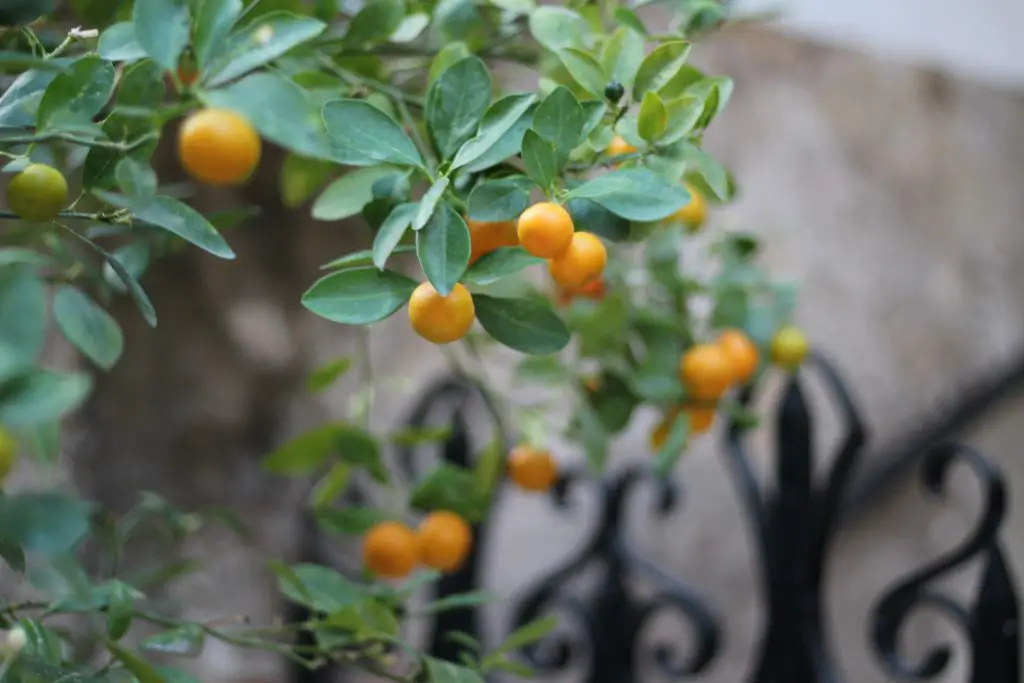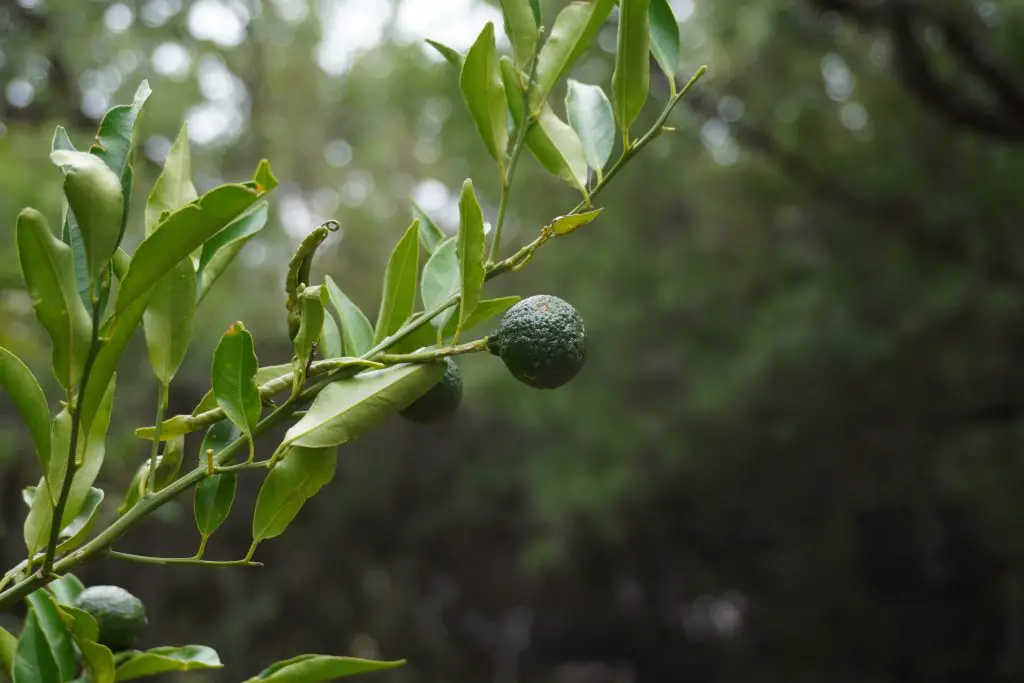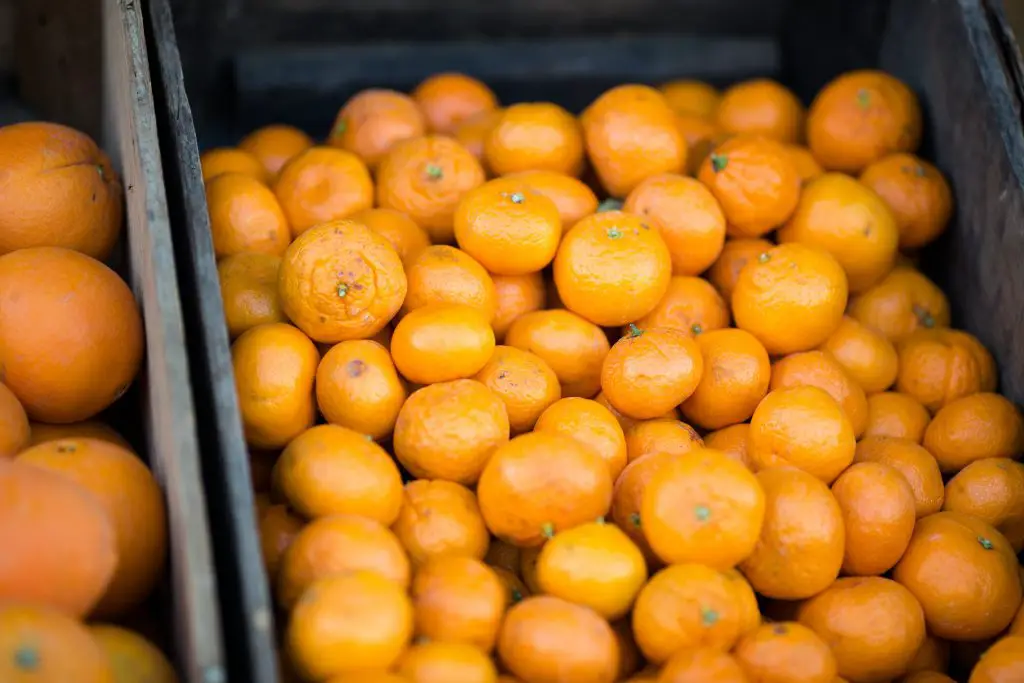How Much Fruit Does A Mandarin Tree Produce? Mandarins are not the first citrus tree that comes to mind when thinking about what to plant in your yard. However, there is a lot to like about Mandarins, they are sweet in flavor, are moderate in size and they have loose skins make them really easy to peel and separate into segments. This makes them ideal for lunchboxes for children. So why not consider planting one in your yard?
A mature full-size Mandarin Tree will typically produce anywhere between 88 lbs to 260 lbs (40 and 120 kg) of fruit depending upon the age, rootstock, and variety used according to the study by Mustafa Kemal University. However, most home gardeners do not have space for full-size Mandarin so Dwarf varieties are most suitable. A Dwarf variety will produce between 22 to 60 lbs (10 and 30 kg) in a season.
A newly planted Mandarin tree will take between 2 and 3 years before it produces its first crop which will be relatively modest. However, to start to produce significant crops it will take between 5 and 6 years to get going. The yield of most trees will peak at around 8 and 10 years.
In What Climates Can Mandarin Trees Be Grown?
Mandarin trees are considered subtropical plants, and the growth of the plant occurs between 55°F and 100°F (13°C to 38°C), however, the ideal temperature for growth of Mandarins is between 70°F and 90°F (21°C and 32°C).
Most varieties of Mandarin trees can tolerate temperatures around -5.5°F (-20°C), but at temperatures below 36°F (2°C) the fruit on the tree is damaged. Recent a new variety has been developed called Arctic Frost that can be grown outdoors in Zone 8. Most traditional varieties are best suited to zones 9 to 11.

Do You Need Two Mandarin Trees To Produce Fruit?
Mandarin trees only require a single tree to produce fruit as they are self-fertile like all Citrus trees. However, some varieties of Mandarins are known to produce more fruit in the presence of a second tree due to an improvement in the degree of cross-pollination.
In cases where the tree is being grown indoors and pollinating insects have limited access to the flowers hand pollination may be necessary. To pollinate the flowers take a fine artist’s paintbrush and gently place the tip of the brush on the center of the flower and rotate the brush to move the pollen onto the stamen.
How To Grow Mandarins
Mandarin trees are relatively easy to grow provided that you live in a region where it is not too cool. The first consideration is the location, Mandarin trees, like all citrus trees need a warm sunny location that gets at least 6 hours of direct sunlight. In addition to this is preferable that a sheltered position be selected as exposure to strong wind can disrupt the pollination process.
Soil Conditions
The other key factor is the soil conditions, Mandarin trees prefer soil that drains well and contains plenty of nutrients. If the soil is relatively sandy it is advisable to add plenty of compost which needs to be dug into the soil before planting.
The other significant soil parameter is pH, which ideally should be slightly acidic, a pH between 6.0 to 7.0 ideal. To measure the pH of the soil accurately it is best to use a pH meter rather than a pH kit with indicator strips. The main reason for this is the meter is cheaper to buy and generally easier to use, click here to see the latest prices on Amazon.

If the pH is outside the desired range lime may be added to increase the pH or sulfur can be added to reduce the pH of your soil if it is too high. Like compost, it is advisable to mix these chemicals into the soil well, and in the case of sulfur, the effect on pH may take some months to appear.
In regions with heavy clay-based soil, modification will also be needed. Mandarine trees will not tolerate constantly soggy soils that do not drain well as it will cause the roots to rot. To improve the soil it is necessary to incorporate gypsum to break up the clay and incorporate horticultural grit and compost to improve drainage. In some cases, it may also be necessary to mound the plant up above ground level to further improve drainage.
Planting The Tree
The best time to plant a Mandarin tree is in Spring once any chance of a hard frost has passed. This because it provides a chance for the root system of the tree to develop more before the heat of summer arrives. This reduces the susceptibility of the tree to dry conditions.
To plant the tree dig hole about twice the width and depth of the container the tree came in. Removing the tree from its container and lightly tease roots out to help the tree to become established more quickly. Place the tree in the hole so that the top of the tree’s rootball is approximately level with the ground.
Once you are happy with the position of the tree backfill the hole, pressing the soil down around the rootball to ensure there are no air pockets. Then water the tree in well before covering the soil with a layer of mulch that is 2 to 4 inches (10 cm) thick. When applying mulch it is important to ensure that it does not touch the trunk of the tree as this can cause collar rot.

Caring For A Mandarin Tree
In the early stages, the tree needs to be watered frequently, at least once a week to ensure the soil remains moist. However, after a season or two when the tree has an established root system the frequency of watering can be reduced.
Mandarin trees are hungry plants, to ensure that the nutrients are available apply organic citrus food every 2 to 3 months in the growing season. Apply the fertilizer evenly around the drip zone of the tree and water it in afterward.
Pruning is usually required once a year to remove dead and diseased wood. It is also a good idea to remove any branches that are rubbing against each other as these points create a potential point of infection within the tree. Pruning is best done in Autumn as it will reduce the chances of it interfering with next year’s harvest.
Harvesting Fruit
The fruit will typically be ready to harvest in late Autumn to mid-spring. Mandarins are ready to pick as soon as they have fully developed in color and should be picked immediately as the flavor deteriorates if left on the tree too long. This is in contrast to most other citrus fruit that can remain on the tree for an extended period of time.
Once picked Mandarins are best stored in a refrigerator. In these conditions, they will last approximately a month or so. If the fruit is stored at room temperature they will last approximately 2 weeks.
